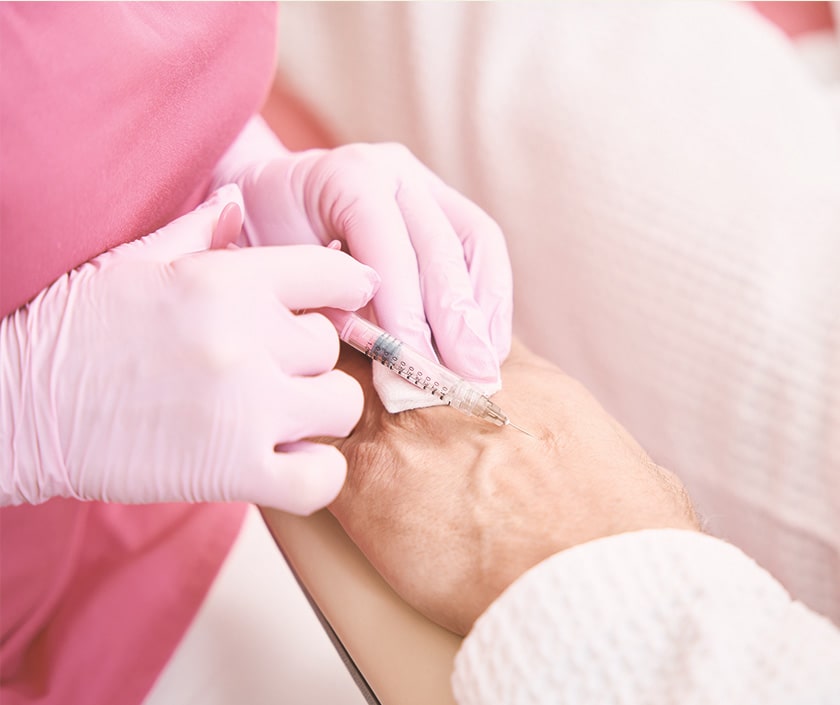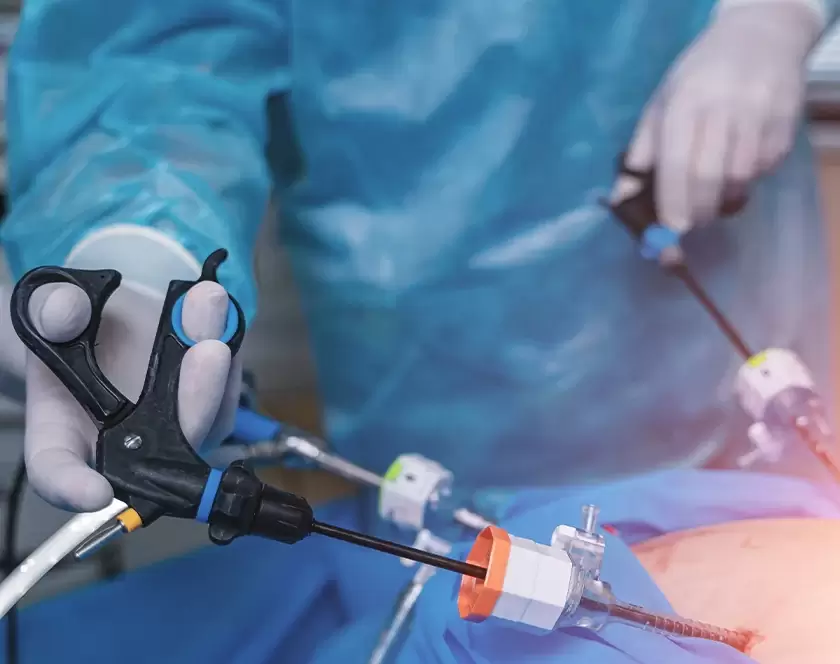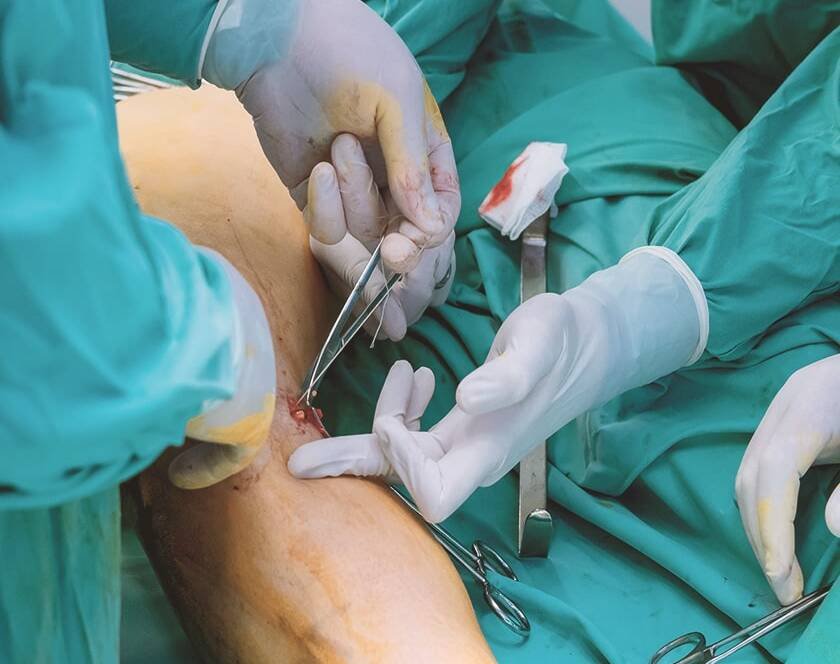Spider vein correction, also known as spider vein treatment or sclerotherapy, is a medical procedure designed to address the cosmetic and sometimes symptomatic issues associated with spider veins. Spider veins are small, dilated blood vessels that appear close to the surface of the skin, often resembling a spider’s web or tree branches. They can develop for various reasons, and their correction involves several methods.
The primary causes of spider veins include genetic predisposition, hormonal changes (such as pregnancy or hormonal therapy), prolonged standing or sitting, obesity, and aging. A family history of vein issues can increase one’s susceptibility to developing spider veins. Hormonal fluctuations, like those during pregnancy or menopause, can weaken vein walls and contribute to their formation. Additionally, occupations that require extended periods of standing or sitting can lead to increased pressure on leg veins, making them more prone to developing spider veins.
Symptoms associated with spider veins may vary but often include pain, aching, itching, or a feeling of heaviness in the legs. These symptoms can negatively impact a person’s quality of life and prompt them to seek correction.
Spider vein correction methods typically involve the injection of a sclerosing agent into the affected veins. This agent irritates the vein walls, causing them to collapse and eventually be absorbed by the body. Over time, the treated veins fade and become less visible, improving the appearance of the skin. Sclerotherapy is a common treatment option and is minimally invasive, usually performed in a doctor’s office without the need for anesthesia. Compression stockings may be recommended post-treatment to support healing and prevent the recurrence of spider veins.
If you have any questions regarding our services, please contact us or call at +91 9879546805.
Hear from our patients
EXCELLENTTrustindex verifies that the original source of the review is Google. Great support and great service.Trustindex verifies that the original source of the review is Google. I had a good experience at this hospital. The doctors were really helpful and explained everything clearly. The nursing staff was kind and caring, which made the treatment process much easier.Trustindex verifies that the original source of the review is Google. Amazing service..Very helpful staffTrustindex verifies that the original source of the review is Google. I am satisfied with my fractional CO2 laser on my faceTrustindex verifies that the original source of the review is Google. I recently visited Elegance Clinic for hair fall treatment with Dr. Ashutosh Shah, and I’m very happy with the results. The doctor explained the treatment process in detail and answered all my questions patiently. The clinic is well-maintained, hygienic, and the staff is very supportive. After following the prescribed treatment, I’ve already noticed a big improvement in my hair health and reduced hair fall. Highly recommend Dr. Ashutosh Shah and Elegance Clinic to anyone looking for a safe and effective solution for hair-related concerns.Trustindex verifies that the original source of the review is Google. I had consulted Dr. Ashutosh sir and Dr. Bhargav sir for my Hair transplant. They share all information regarding procedures well enough and gave me enough time to decide. My treatment was excellent and as said i am getting result very well. After treatment staff and Dr. Bhargav specially taking care for further good result. Thank you so much Elegance teamTrustindex verifies that the original source of the review is Google. MARU NAME MILAN PATEL CHHE HU DEGAM NO REHVASHI CHHU MARA FATHER NE Snake bite thayo hato tyar bad aame Dr. Ashutosh Shah ne contect karyo hato and Ashutosh Shah nu diabetes, food centre chaltu che tya aamne ghani badhi suvidha prapt thay che and aamne Aamara father nu aekj operation ma Recovery aavi gay che te badal aame Dr. Ashutosh sir and temni Team ne aabhar manye chhe Thanks dr Ashutosh shah All staff thanksTrustindex verifies that the original source of the review is Google. This was my first time trying the MNRF along with Hydrafacial , and I can confidently say that Elegance is the best place for advanced skin treatments. My face is glowing, my skin feels healthier than ever, and I’m so glad I trusted them with my skincare journey. If you're considering a facial, anti-aging treatment, or want to work on texture and glow – I highly recommend visiting Elegance by Dr. Ashutosh Shah. You’ll be in safe and expert hands!
Contact Us
Ready to discuss Spider Vein Correction? Fill out our contact form for a confidential consultation.








